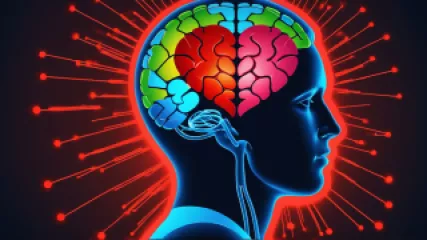The Ultimate Guide to Fostering Empathetic Peer Relationships
1 year ago
Peer Relationships
Exploring the Psychology of Pain: A Research Summary
1 year ago
Psychology of Pain
The Ultimate Guide to Overcoming Marital Issues
1 year ago
Marital Issues
Mindful Self-Care: An Interview with a Wellness Expert
1 year ago
Self Care
Coping Strategies for Digital Nomads: A Step-by-Step Guide
1 year ago
Digital Nomad Psychology
Strengthening Social Bonds: A Research Summary on Peer Relationships
1 year ago
Peer Relationships
Understanding the Complexity of Adoptive Family Dynamics: A Personal Perspective
1 year ago
Adoptive Family Dynamics
Unlocking the Power of Gratitude: An Interview with a Mindfulness Expert
1 year ago
Psychology of Gratitude
How to Harness the Benefits of Daydreaming for Improved Focus and Creativity
1 year ago
Benefits of Daydreaming
A Step-by-Step Self-Harm Recovery Plan
1 year ago
Self Harm
Improving Mental Health Access in Rural Communities: An Interview with Dr. Sarah Wilson
1 year ago
Mental Health in Rural Areas
Expert Insights: Overcoming Holiday Stress with Relaxation Techniques
1 year ago
Holiday Stress
Brave Through Change: An Interview with a Change Management Expert
1 year ago
Overcoming Fear of Change
How Music Can Improve Mental Wellness: A Step-by-Step Guide
1 year ago
Psychology Of Music
Bridging the Mind-Body Divide: A Step-by-Step Guide to Holistic Well-Being
1 year ago
Mind Body Dichotomy














